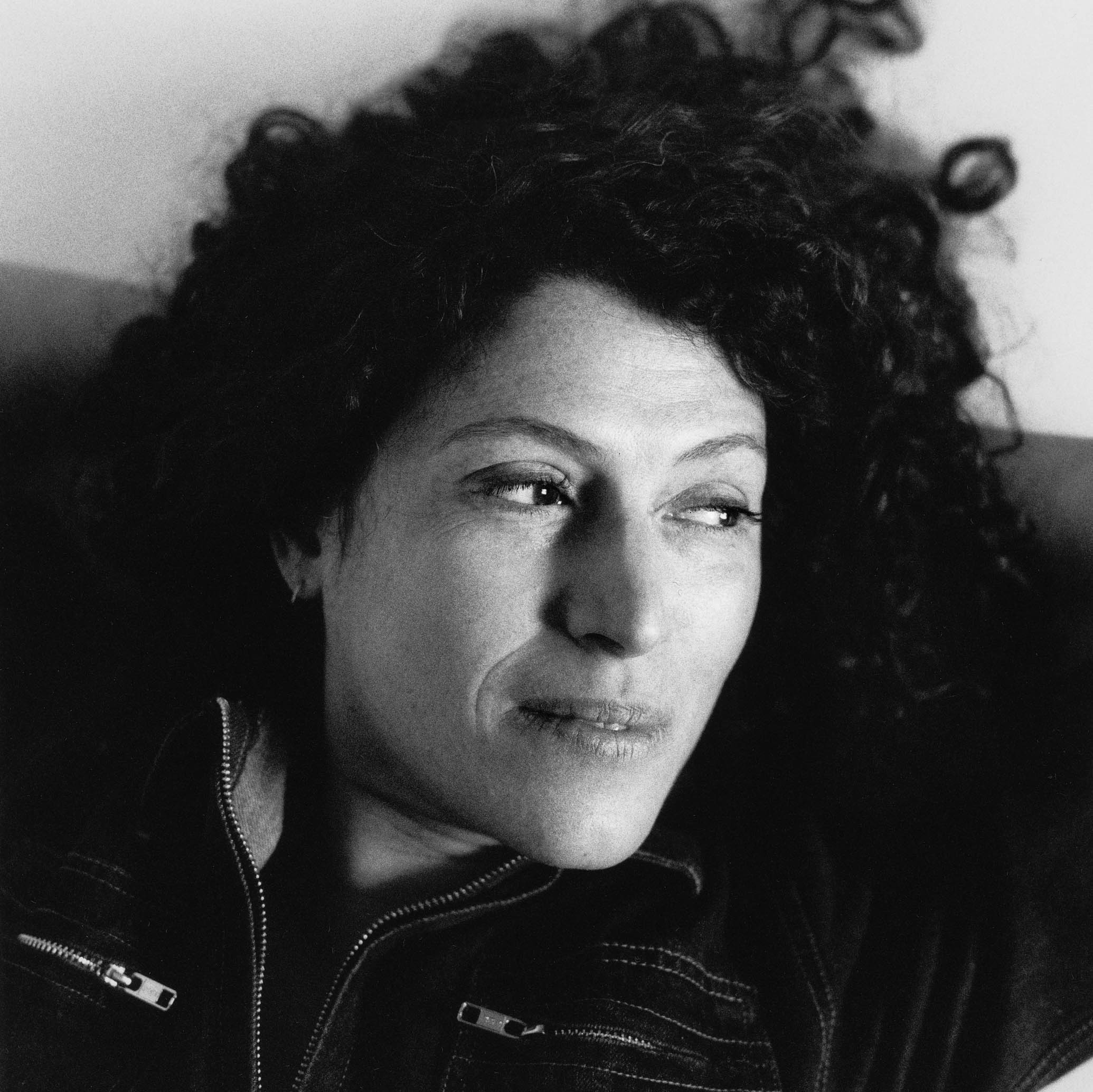Illustration by Clara Dupré
The first time I could see, I was eight. Also, my life was ruined. Already an excruciatingly shy yet chatty pompom-haired ultra-nerd, trying to read encyclopaediae in my Free Nelson Mandela sweatshirt while the other girls played complicated skipping games, the last thing I needed was NHS gold-effect top-bar glasses. But with suffering comes transcendence. Outside the optician’s, I saw a miracle.
Until that moment, foliage was a blur. Now, for the first time, I understood the filigree complexity, the Technicolor sharpness, of individual leaves: the Fibonacci marvel of capillary leading to vein leading to midrib, a miniature version of trees, or lungs. And the thrill of leafage has never left me. Take me to a famous garden and I’m transfixed, not by the vistas, the mixed borders and shrubberies, but by the tight scrolling of each baby ostrich fern, the heartbreaking lamb’s-ear fuzz of mullein. Visitors to my roof terrace are always disappointed. They’re expecting a meditative sanctuary in soothing pastels, pink frothy astilbe, sappy forget-me-not, or a firework display: infernal orange geums, raspberry Dahlia Aurora’s Kiss, fuchsia... well, fuchsia.
But I’m more interested in how rainwater beads in the leaf crevices of this Alchemilla mollis, or identifying chickweed by the row of hairs down one side of its stem. Please admire these different greens, from the chartreuse of lemon verbena and the lichen of pelarg oniums, to the minty-white ribs of Rossa di Chioggia radicchio, or the pale jade and lemony-white Variegata di Castelfranco; the crocodile sheen on this crassula. Feel yourself swoon. I’m far too absorbed in the close-up to remember that, for other gardeners, green is barely a colour. They expect the big picture; for me, everything – delight, excitement, beauty – is in the detail.
Luckily, I am not alone. Weird, but not alone. From Mary Oliver’s extreme noticing (“I do know how to pay attention... how to kneel down in the grass”) to the great Dutch still-life masters, Willem van Aelst, Rachel Ruysch, Ambrosius Bosschaert the Elder, some artists have always delighted as much in the microscopic as in the grander scale.
For many little weirdos, the moment they encounter an equally odd world view is revelatory. I was 16, even shyer and worse-haired than before and, cooler still, on an outing with my grandparents, when I found my aesthetic twin: the Scottish folk-singing aristocrat Rory McEwen.
McEwen was a great artist. His anemones and auriculas are spectacular, and his famous striped Old English Florist Tulips: Sir Joseph Paxton; Julia Farnese; Old Dutch Bizarre; Mabel. The sheen on their undersides, their stem-grooves, the brain-folds of their pistils. He adopted, then refreshed, the tools of the old masters, tiny brushes, scalpels, watercolour and translucent vellum, allowing him to convey in staggering magnification every ridge and ripple of a fritillary petal, the curls of drying roots, a single angled stem, floating off-centre in negative space. He wrote: “I paint flowers as a way of getting as close as possible to what I perceive as the truth, my truth of the time in which I live,” which is the best explanation I know for the relation of paint, or words, to the ineffable.
But he also wrote, “A lot goes on in a dying leaf.” This is why I love him. The paintings which won my heart at 16, which still catch my breath today, are his studies of decay. From the True Facts From Nature series – a triptych of furled and wizened sycamore leaves splodged with tar spot disease; beech-nuts; a drying blade of grass – to the lurid veinery of a viburnum leaf (Kensington Gardens I) or the notched gold-and-tan fan of a ginkgo leaf on the turn, each is as precise as a photograph, luminous as Renaissance skin.
He may have spent his leisure hosting unbearable-sounding parties – boho poshingtons, Beatles underfoot – and salmon-fishing, or travelling to Bhutan, but he understood the beauty of a simple dried chilli or wilted carnation: the glory of rot. The Garden Museum in London is currently exhibiting some of his best, with a few personal artefacts, including the last pages of his artist’s journal: a sober record of the time he spent stretching vellums, thinking, starting and finishing each painting. Dead Onion IV, his last completed work, took him 26 hours; that’s a full day and night of noticing.
I have spent many hours deciding which of his works I would most like to be given, ideally in time for my birthday next month: Kew Gardens II, for the crazy warping of its single plane leaf? Indian Onion for the wrenching-away of papery skin from the rose and violet flesh? No, it has to be True Facts from Nature No 10 – my first love, and essentially a six-for-one: one grass stem, three leaves, two seed pods. But the problem is that I need them all.
It’s exactly the same in the garden. I spot a red-and-canary beauty, possibly plum; then a birch leaf, still tinged with green. I pocket that, too. But what about this scarlet blueberry leaf? How am I conceivably going to leave a single one of them? It’s impossible in autumn but, even in spring, long before the abscission which turns every leaf to treasure, I cannot stop looking, sniffing, adoring. You can keep the flowers; just leave me the leaves.

